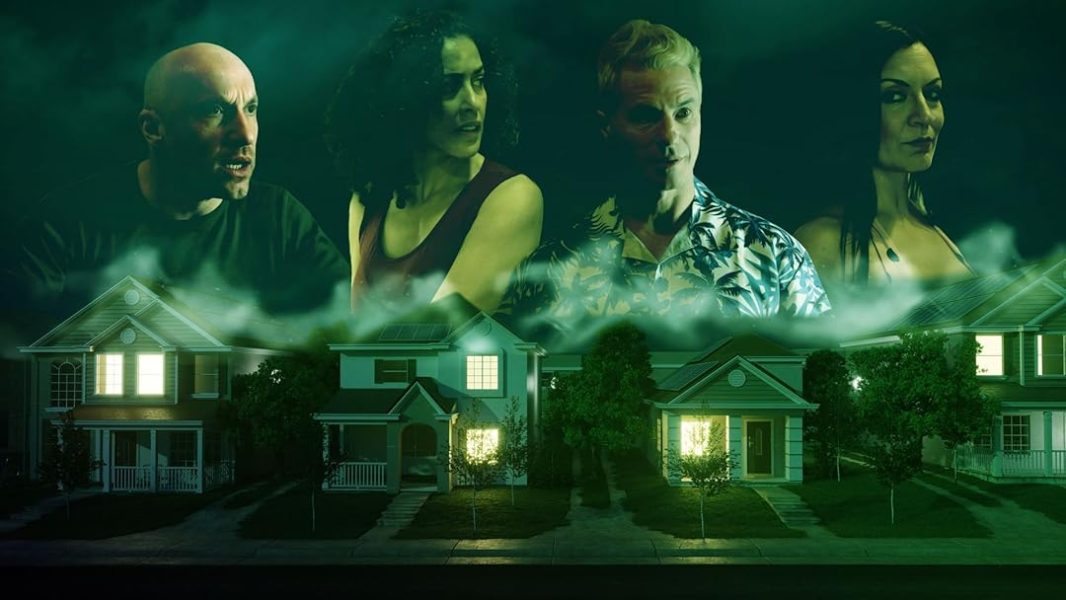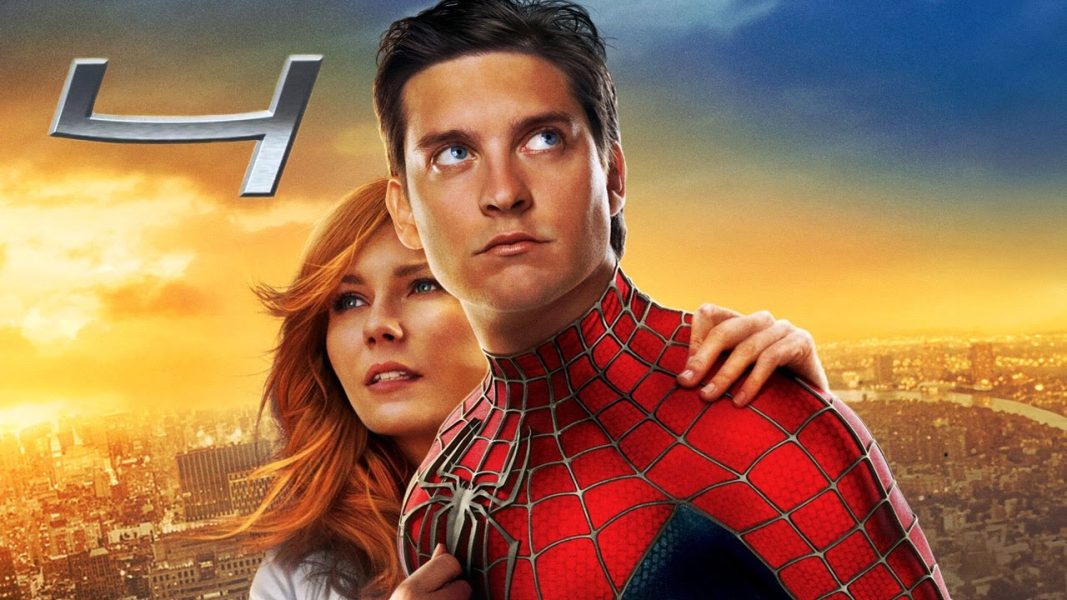Every Paul W.S. Anderson Resident Evil Movie Reviewed

In honor of the new Resident Evil Netflix series coming out this July, we figure that it’s time to review the Paul W.S. Anderson Resident Evil movies! Now you may remember that we already reviewed the first Resident Evil movie, but this is something different. Here, we’re going to review the rest of the Anderson films! That’s right, we said the rest of them. So grab your popcorn, strap in and brace yourself for the longest running and messiest video game adaptation series!
Resident Evil: Apocalypse is a VERY loose adaptation of the second and third games. It shares location, basic premise of a viral outbreak in Raccoon City ending in the city being nuked and some characters (Jill Valentine, Carlos, Nemesis) with the games. However the games and film have little else in common, least of all tone. The film is first an action film featuring some horror elements. This film has a by-the-numbers plot, and brings nothing of interest to the table, except for superfluous characters who are unneeded. Even Jill feels unneeded, especially with Alice being in the film. And Nemesis feels like an afterthought, lacks any of his game counterpart’s intimidation and only appearing in the middle of the film for two scenes before returning in the climax.

In Resident Evil: Extinction, the films take a major departure from the games as the series becomes a post-apocalyptic story. The T-virus ended up spreading across the whole world and also caused the world to become a desert wasteland (for this film only). This also causes the film becoming a Mad Max-zombie hybrid that barely can make a claim of being Resident Evil. Why did they even go with this idea to begin with? And Umbrella doesn’t make any sense at this point as they have already destroyed the world, so they feel pointless.
Resident Evil: Afterlife is the perfect place to start talking about the protagonist of the films, Alice. Alice is the poster child for a self-insert character without being one. She is an unstoppable force of nature from the start of the films and only grows in absurdity. She kills the most infected by a mile in every movie, saves pretty much every character at some point, and has moment after moment where she is supposed to be seen as cool. In truth, the films try way too hard to make her look good and it shows.
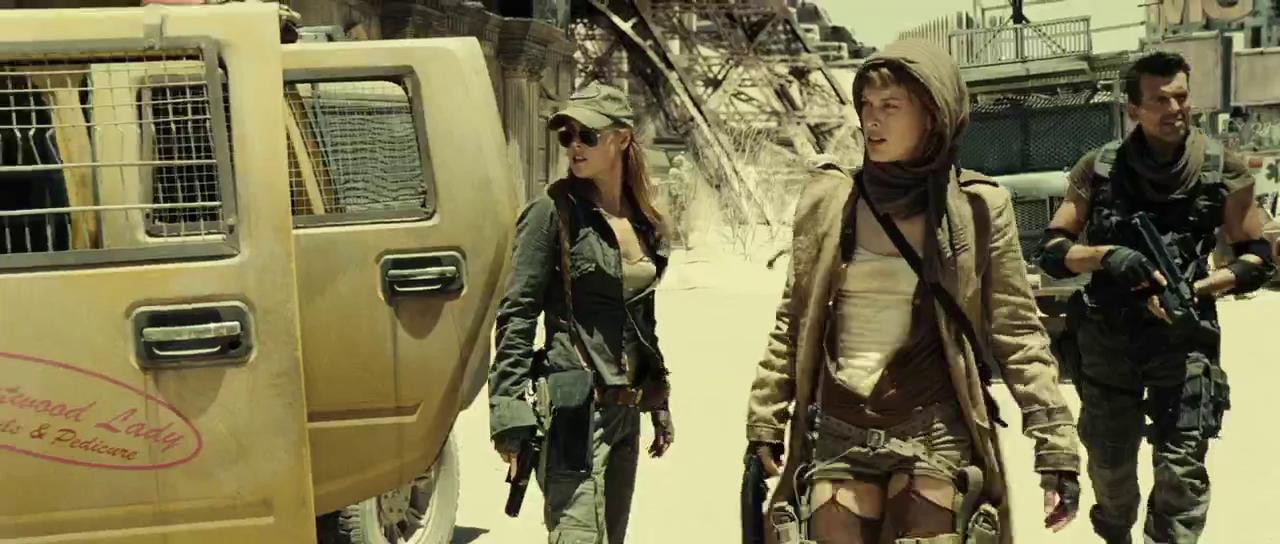
Alice also bonds with the T-virus and gains superhuman physiology and psychic powers. She could literally explode the heads off of anyone she wants, without any real effort. Any attempt to rein this in is either half-assed or under utilized. While Alice gets her powers taken away at the start of Afterlife, there are still no stakes. She survives a head-on plane crash into a mountain, with only a scratch. Additionally, she still remains the center of attention over the actual game characters, who never succeed at anything without Alice around. Even when it appears that a character will get a moment to shine, it’s immediately robbed from them, as Alice will always get the final blow.
Resident Evil: Retribution is probably one of the worst entries in the Paul Anderson Resident Evil franchise. Beginning right after the ending of Afterlife, it soon cuts to Alice being held captive in an underwater prison that is also a simulation of the outside world. She’s broken out by Wesker and Ada Wong. Additionally, Wesker hired a mercenary team composed of Leon Kennedy, Barry Burton and Luther West along with a few others to break Alice out of the facility. Alice roams the simulation and meets clones of the commando unit from the first movie. Meanwhile, Leon’s team is slowly getting picked off by the endless hordes of zombies and lickers. Yeah, the whole movie pretty much takes place in a simulation.
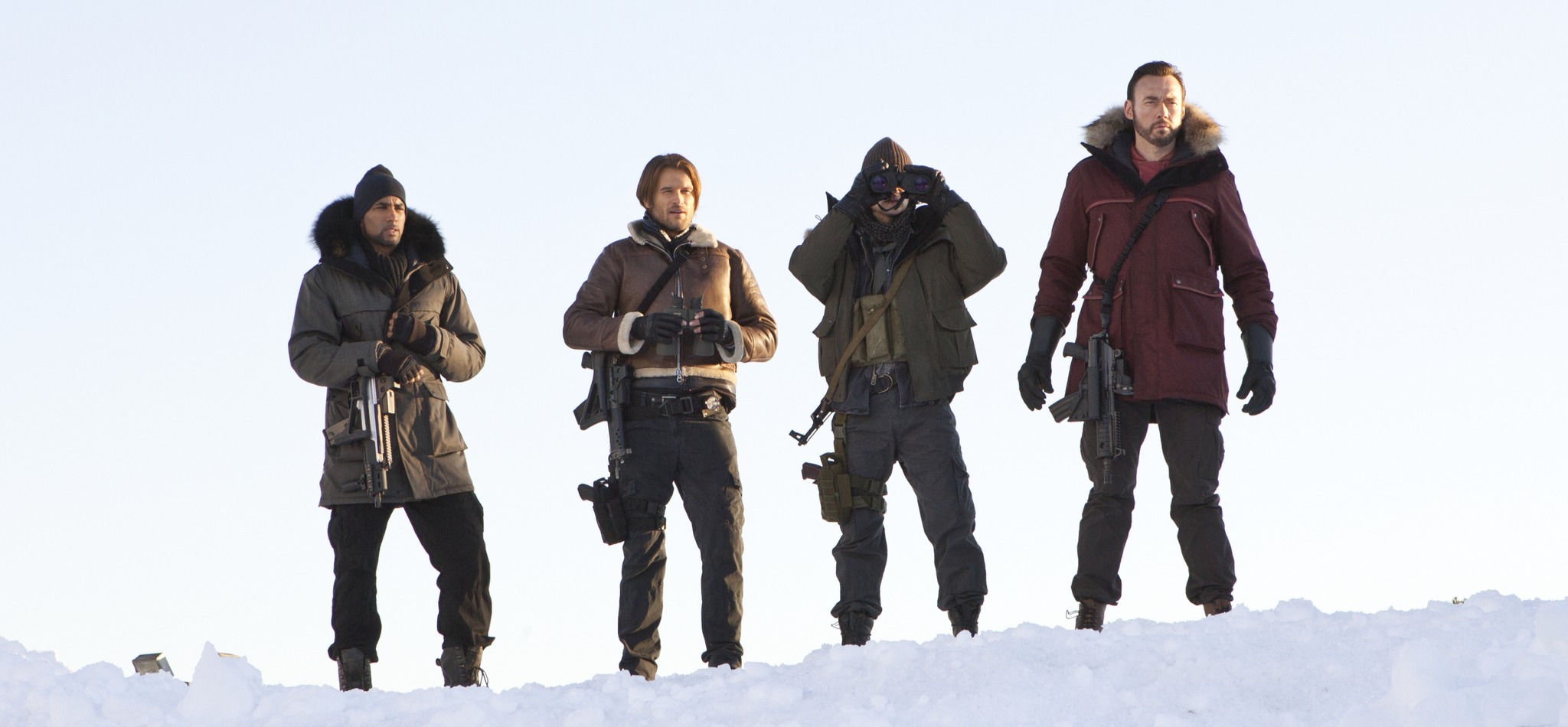
By Resident Evil: The Final Chapter, Alice is revealed to be a clone of the daughter of Umbrella’s founder who wishes to stop Umbrella’s true plan: starting the viral outbreak to end the world. Why? Because they are worried that climate change, wars and famines will destroy humanity. They have a cure for the apocalypse, why not release it and become the ‘saviors of humanity’? The closest explanation we get is some vague Noah’s ark references that don’t actually have any greater impact to the story. Umbrella at this point is ridiculously evil and powerful. How do they have all of these underground facilities, equipment and weapons? They’re a pharmaceutical company, not a weapons manufacturer or tech company. In the games, Umbrella’s stock crashes after Raccoon City which eventually leads to the company collapsing, which is a surprisingly realistic fate. But in the movies, they are the big bad.
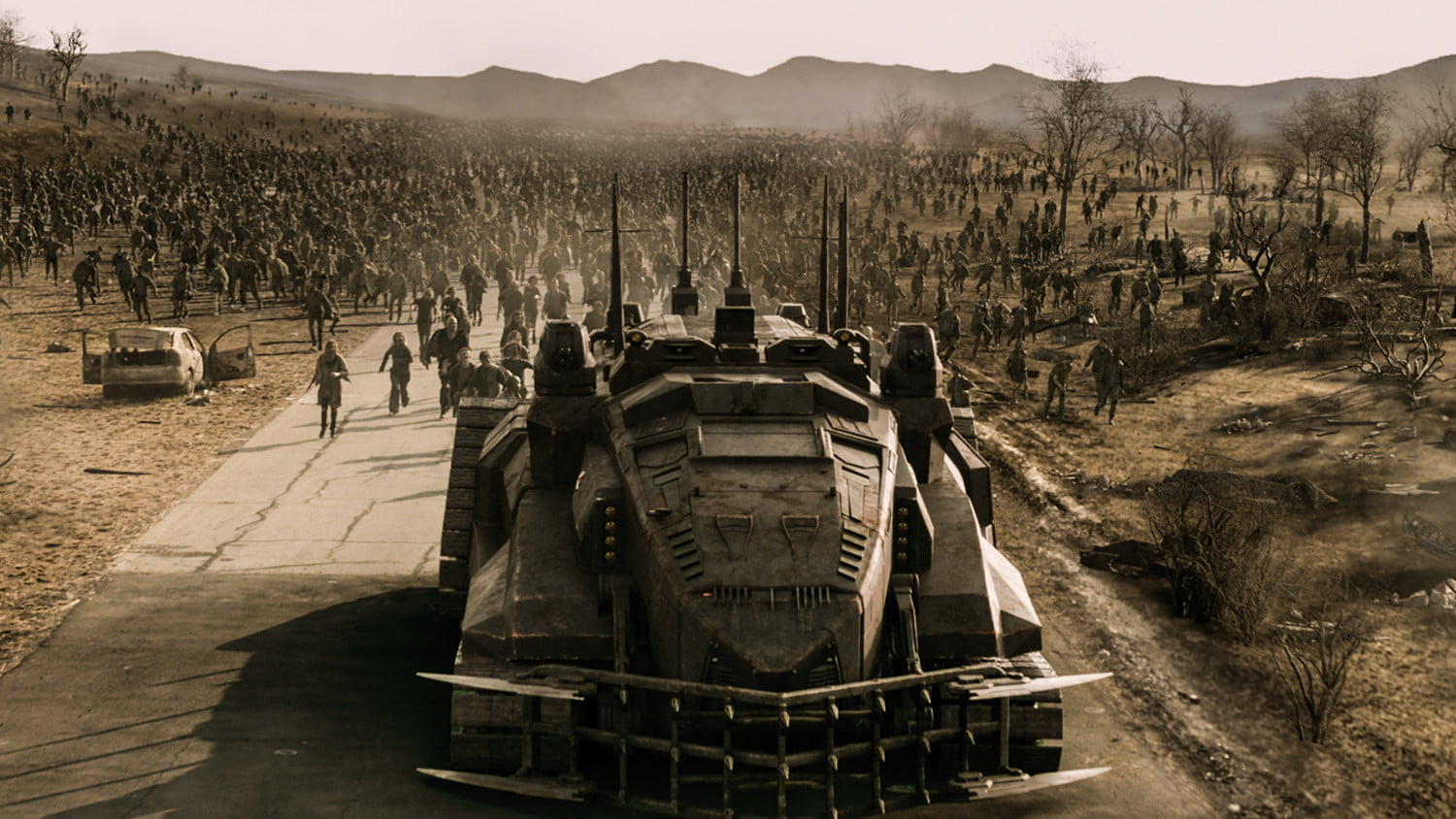
Let’s get the elephant in the room out of the way: The poor handling of beloved game characters. While Jill Valentine and Carlos Oliveira are overall competent, other characters Leon Kennedy, the Redfield siblings, Barry Burton and Albert Wesker are all completely mishandled. Due to the post-apocalyptic setting of the films, none of these characters resemble their game counterparts. Leon is no longer a U.S. government agent, Claire is a Furiosa knockoff and Chris has no muscles to punch boulders. Anderson tries to recreate iconic action sequences from the games to make this up. However, since the characters are so different from their game counterparts, fans don’t care about the fights. For example, Chris fighting Wesker in the games is important because of the long-running history between them. But in the films, they never interact so their fight in Afterlife ultimately feels hollow. Referencing the games seems to be a high priority for several of the films despite the setting having gone so far off the rails that no accurate game representation is possible. This extends to any new monsters who make no sense due to the T-virus being kept for the whole film series.

Besides the aforementioned problems, the cinematography and editing is absolute dog shit! Every fight is shot in close ups due to none of the actors being trained martial artists. However, you’d think that by the end of the sixth film, Milla would’ve become quite capable in stunt work, or at least good enough that the film didn’t need to rely on quick cuts. Speaking of which, the cuts are so frequent, it’s as if for every breath, there’s a cut! Believe it or not, the editing actually gets worse as the films go on! Is this film franchise trying to win the Razzie for Worst Editing?
If you thought the editing was bad, you haven’t seen the CGI. While the poor CGI can be excused in the first film due to it coming out in 2002, the other movies should have no excuse. While the first few films had some practical effects, as the movies continue, more and more of the monsters are made with CGI. In addition, the CGI used for the film’s effects are no better. In Retribution, the blood splatters looked so jagged it looked like the final fight from 1998’s Blade! Surprisingly, though, Retribution won an achievement for visual effects at the Canadian Screen Awards. Maybe there were no other films eligible at the awards show.
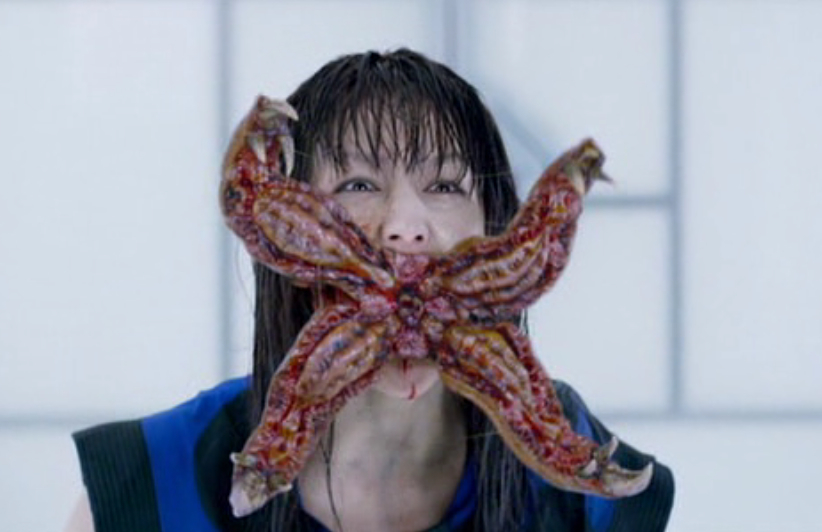
Before we finish this review, let us address the few silver linings these movies had. The main title theme was enjoyable. It had this Alice in Wonderland feel that can best be described as sounding innocent yet distorted. Speaking of Alice in Wonderland, it’s obvious that Paul Anderson was inspired by the story to create his Resident Evil film series, as seen by the main character’s name, how she’s thrown into a crazy world she can’t fully comprehend and the presence of the Red and White Queen. And as much as we hate on Alice for being a Mary Sue, Milla Jovovich did a good job acting and really gave it her all, spending as long as 16 hours on set performing stunts repetitively. Additionally, Sienna Gillory did her best as Jill Valentine, even playing Resident Evil 3 just to get a feel of Jill’s movements.
Overall, the Paul Anderson Resident Evil films are not good. While you could watch them as simple dumb action flicks set in a zombie apocalypse, you’d still be very confused with the entire logic of the series. With poorly written characters, a slapdash plotline and abysmal CGI and editing, do not watch these films while sober. Fans of the games won’t like these films due to the poor portrayal of beloved characters from the games and how little it connects to the games in general. Most people would maybe enjoy it, but forget about it in short order.
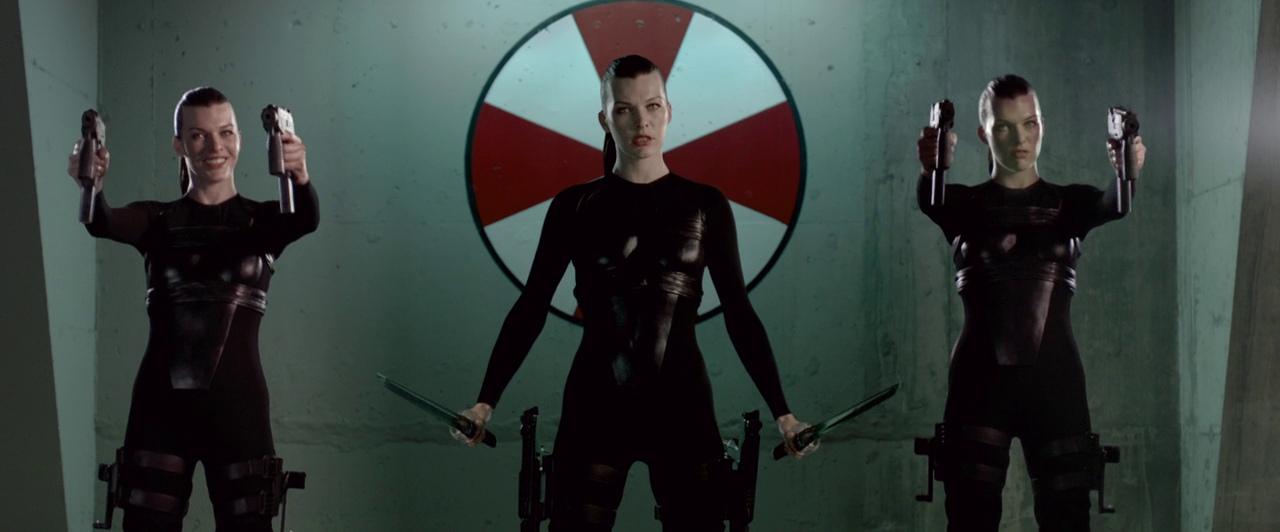
Co-Written by: Michael Li

